On the plains of Mongolia, the cuisine is focused on meat and dairy, especially for nomadic herding families. See what it’s like to cook in this harsh climate, and try a recipe at home for buuz, traditional Mongolian steamed dumplings!
Last Christmas, we featured the story of sponsored child Dulamsuren in Mongolia, whose family are nomadic herders in the country’s central plains, as we followed Billy and Grampa Goat’s journey around the world. Our goat characters helped show us — through their eyes — how families like Dulamsuren’s survive in Mongolia’s harsh climate, including how they eat.
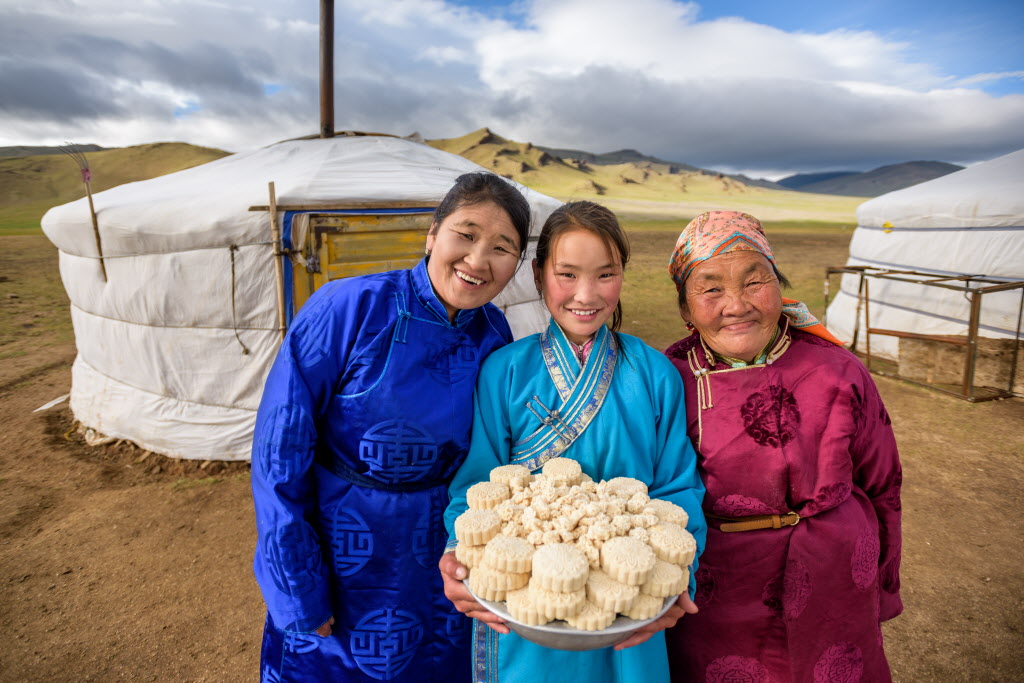
As Billy and Grampa Goat witnessed, livestock are vital to survival on the Mongolian plains. When a blizzard devastated the family’s herd in 2002, the disaster knocked them almost overnight into poverty. World Vision’s staff found them and provided them with new animals through our Gift Catalog to restart their herd, which grew to more than 300 goats and sheep, as well as yaks and horses!
Due to the harsh climate and many families’ reliance on livestock, Mongolian cuisine is focused on meat and dairy products; vegetables and spices are less common.
One of the ways that goats help Dulamsuren’s family is by providing milk. The family makes dairy products from it (along with yak milk): fermented, dried on the roof of their ger, and then shaped into round patties. These help feed the family and are highly nutritious. They also provide income when the family sells them.
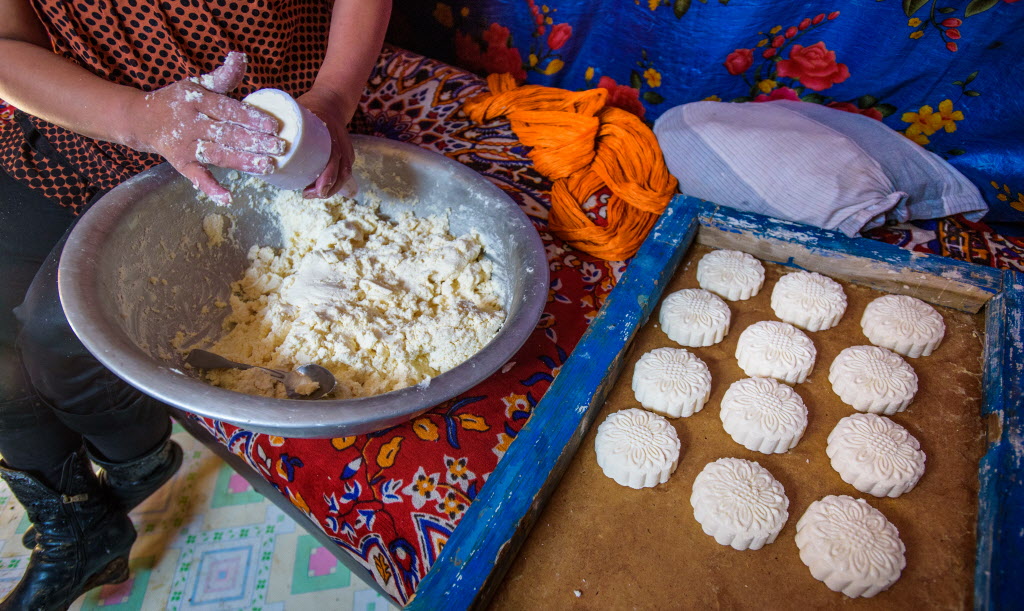
Recently, World Vision has introduced greenhouses in Dulamsuren’s community to help families grow vegetables, which help encourage them to expand their diet! They also serve as an additional source of income.
The meat used in Mongolian cooking is either dried for the winter or cooked as an ingredient for soups and dumplings.
If you’d like to try cooking Mongolian cuisine at home, below is a simple recipe for making traditional Mongolian steamed dumplings called buuz. For the Mongolian Lunar New Year holiday (usually late January or February) — commonly known as Tsagaan Sar — Mongolian families may make between 1,000 and 2,000 of these dumplings!
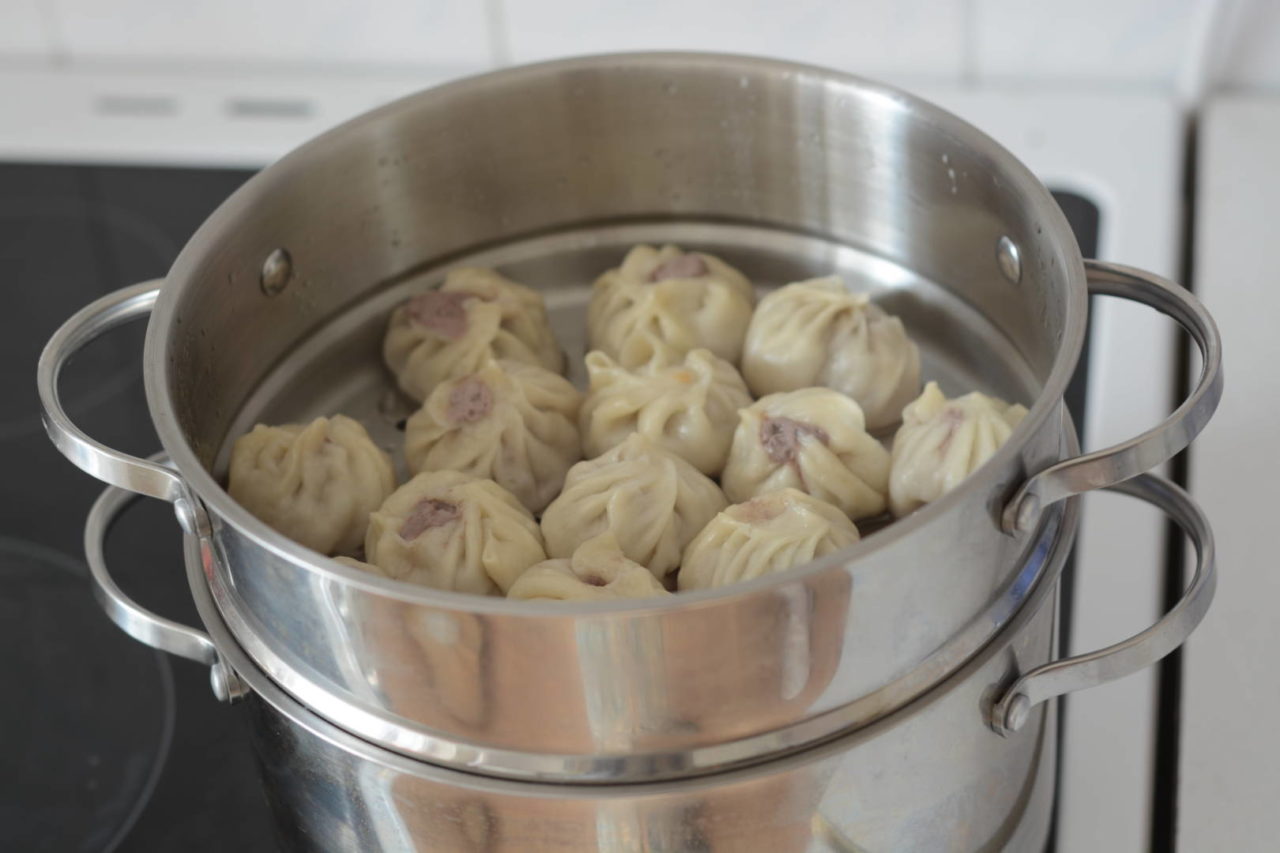
Ingredients: What you’ll need
For the dough:
- 250g (8.82 oz) flour
- 150ml (0.634 cups) lukewarm water
- A pinch of salt
For the filling:
- 300g (10.58 oz) minced beef or mutton (beef is more common)
- ½ a chopped onion
- 1 clove garlic
- Salt and pepper (to taste)
Instructions: What you’ll do
1. Prepare the filling:
- Mix the minced meat, onion, and garlic together.
- Add water until the mass is smooth enough to work with.
- Add salt and pepper (some families add caraway).
2. Prepare the dough:
- Mix the flour, water, and salt to create a pliable dough.
- Let it rest for 15 minutes.
3. Roll the dough into a tube shape.
4. Tear off pieces of the tube and roll them into circular shapes. Make sure the center is thicker than the edge.
5. Place a ball of the filling in the center of each.
6. Pinch the edges at the top, leaving a gap as a vent.
7. Dip the bottom in vegetable oil to prevent sticking.
8. Steam the dumplings for 20 minutes.
9. Serve with soy sauce.
*This recipe will serve 1 to 2 people.
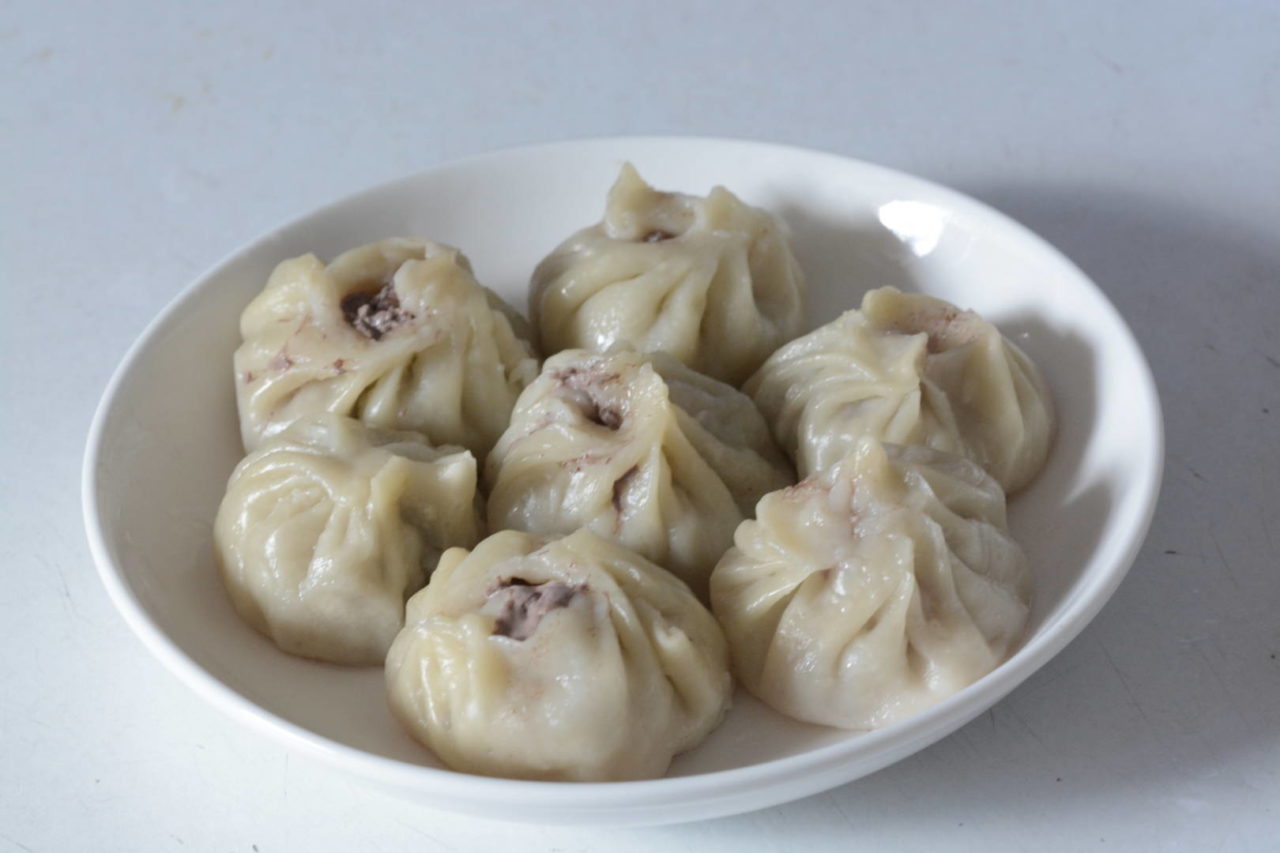
Help a family survive the winter, improve their nutrition, and so much more! Give a goat today.
Be helpful to a child and family in need! Choose a child to sponsor here.
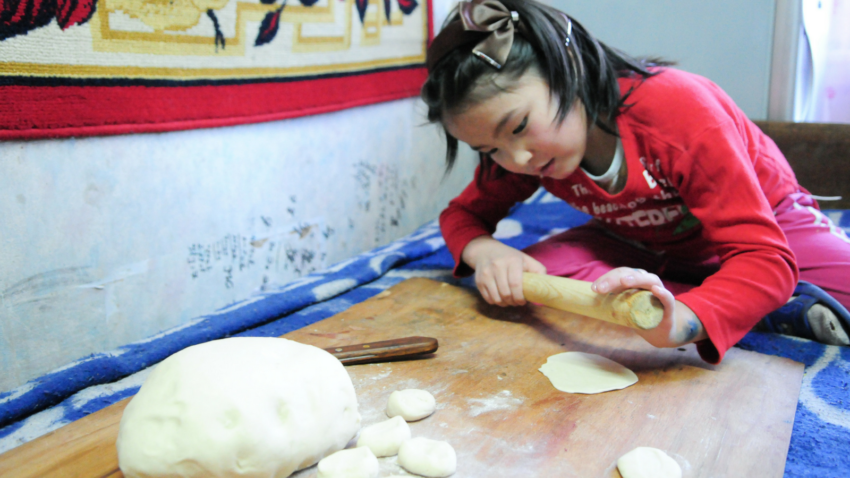
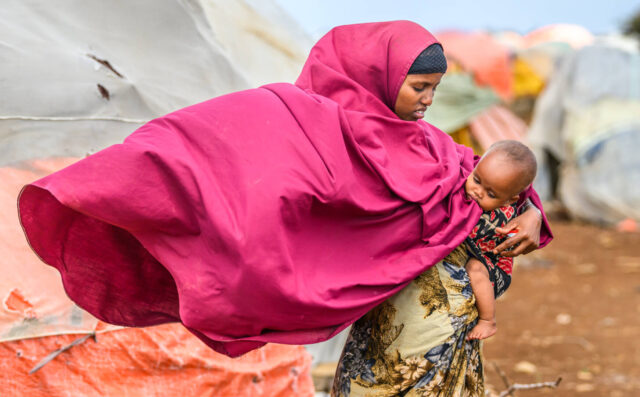
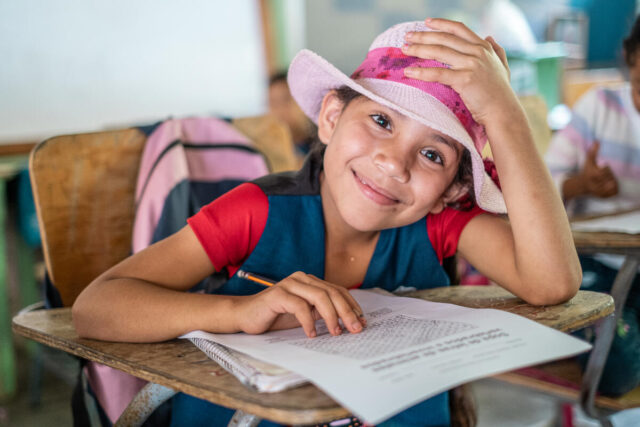

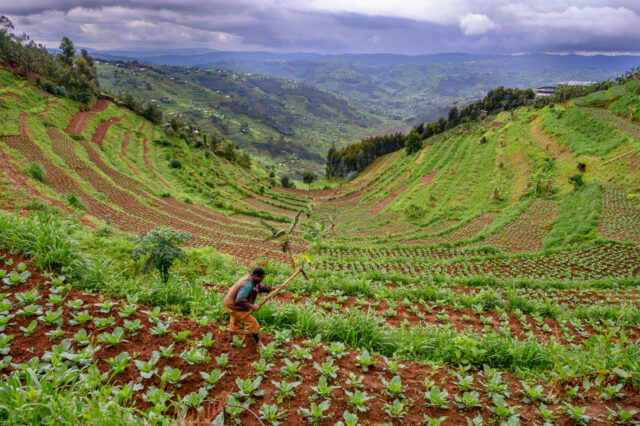
Comments